Nationality Argentine Literary movement Modernism Role Poet | Name Alfonsina Storni Signature Children Alejandro | |
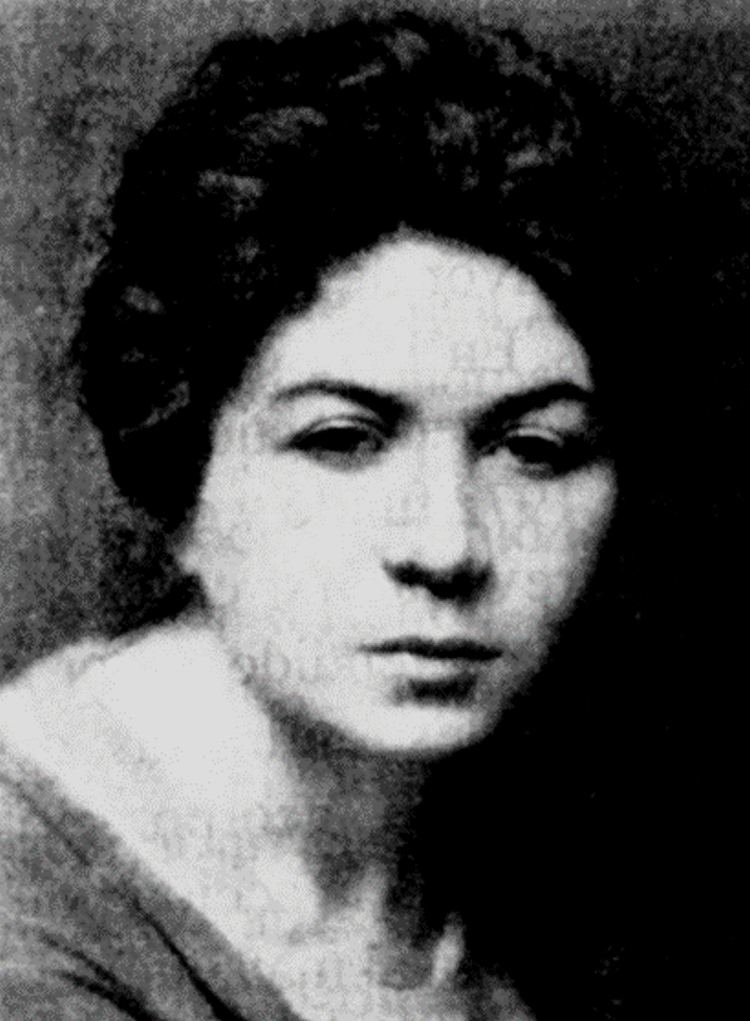 | ||
Resting place La Chacarita Cemetery34°35′27″S 58°27′35″W / 34.590833°S 58.459722°W / -34.590833; -58.459722 Notable works La inquietud del rosal ("The Restlessness of the Rose")El dulce dano ("Sweet injury") Books La Caricia Perdida, Poemas de Amor, Irremediablemente Parents Alfonso Storni, Paulina Storni Similar People | ||
Bio ar alfonsina storni
Alfonsina Storni (29 May 1892 – 25 October 1938) was one of the most important Argentine and Latin-American poets of the modernist period.
Contents
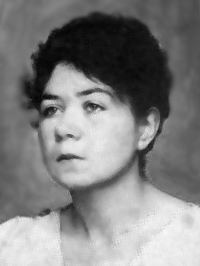
Alfonsina storni 1892 1938 canal encuentro
Life
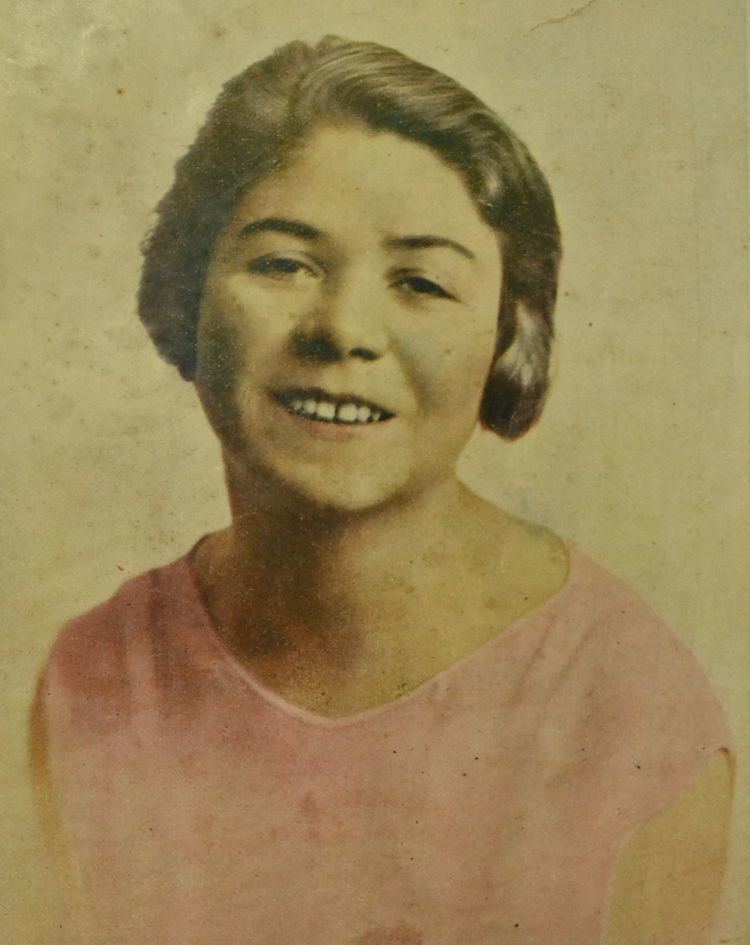
Storni was born in Sala Capriasca, Switzerland, to Italian-Swiss parents. Before her birth, her father had started a brewery in the city of San Juan, Argentina, producing beer and soda. In 1891, following the advice of a doctor, he returned with his wife to Switzerland, where Alfonsina was born the following year and lived until she was four years old. In 1896 the family returned to San Juan, and a few years later, in 1901, moved to Rosario. There her father opened a tavern, where Storni worked doing a variety of chores.
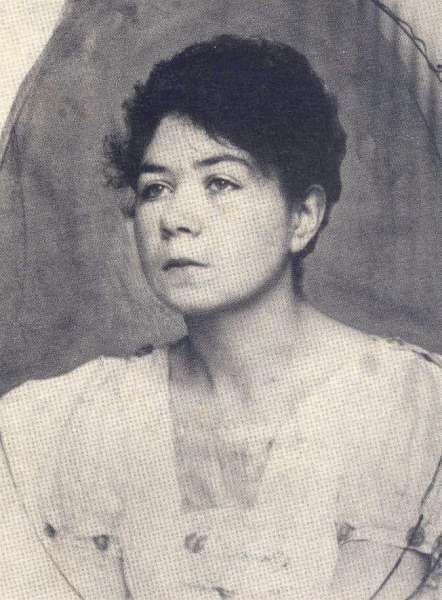
In 1907, she joined a traveling theatre company which took her around the country. With them she performed in Henrik Ibsen's Spectres, Benito Pérez Galdós's La loca de la casa, and Florencio Sánchez's Los muertos. In 1908, Storni returned to live with her mother, who had remarried and was living in Bustinza. After a year there, Storni went to Coronda, where she undertook studies that would lead to employment as a rural primary schoolteacher. During this period she also started working for the local magazines Mundo Rosarino and Monos y Monadas, as well as the prestigious Mundo Argentino.
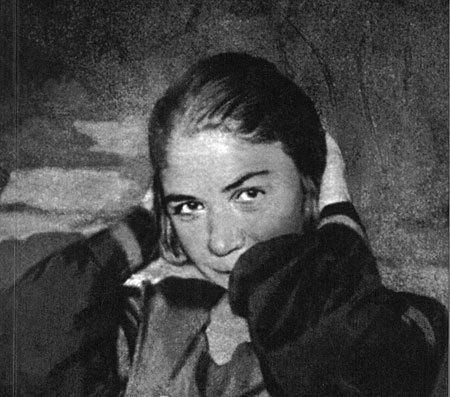
In 1912 she moved to Buenos Aires, seeking the anonymity afforded by a big city. The following year her son Alejandro was born, the illegitimate child of a journalist in Coronda. Sustaining herself with teaching and newspaper journalism, she lived in Buenos Aires where the social and economical difficulties faced by Argentina's growing middle classes were inspiring an emerging body of women's rights activists.
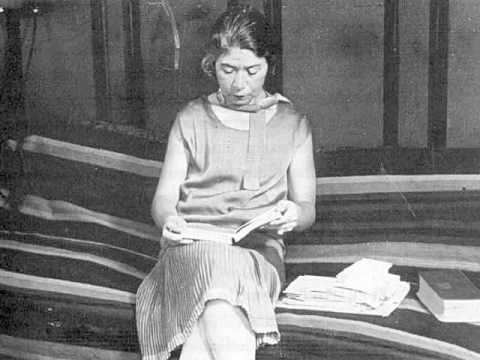
In spite of economic difficulties, she published La inquietud del rosal in 1916, and later started writing for the magazine Caras y Caretas while working as a cashier in a shop. Storni soon became acquainted with other writers, such as José Enrique Rodó and Amado Nervo, and established friendships with José Ingenieros and Manuel Ugarte.
Her economic situation improved, which allowed her to travel to Montevideo, Uruguay. There she met the poet Juana de Ibarbourou, as well as Horacio Quiroga, with whom she would become great friends. Her 1920 book Languidez received the first Municipal Poetry Prize and the second National Literature Prize.
She taught literature at the Escuela Normal de Lenguas Vivas, and she published Ocre. Her style now showed more realism than before, and a strongly feminist theme. Solitude and marginality began to affect her health, and worsening emotional problems forced her to leave her job as teacher. Trips to Europe changed her writing by helping her to lose her former models, and reach a more dramatic lyricism, loaded with an erotic vehemence unknown in those days, and new feminist thoughts in Mundo de siete pozos (1934) and Mascarilla y trébol (1938).
A year and a half after her friend Quiroga committed suicide in 1937, and haunted by solitude and breast cancer, Storni sent her last poem, Voy a dormir ("I'm going to sleep") to La Nación newspaper in October 1938.
Death
Around 1:00 AM on Tuesday, 25 October, Alfonsina left her room and headed towards the sea at La Perla beach in Mar del Plata, Argentina. Later that morning two workers found her body washed up on the beach. Although her biographers hold that she jumped into the water from a breakwater, popular legend is that she slowly walked out to sea until she drowned. Her death inspired Ariel Ramírez and Félix Luna to compose the song "Alfonsina y el Mar" ("Alfonsina and the Sea").
Career
Storni published some of her first works in 1916 in Emin Arslan's literary magazine La Nota, where she was a permanent contributor from 28 March until 21 November 1919. Her poems “Convalecer” and “Golondrinas” were published in the magazine.
She was the winner of the First Municipal Poetry Prize and the second National Literature Prize for her book Languidez. Storni had several phases of writing over the course of her career: the first from 1916-20, a second from 1925-26, and a third from 1934 until her death in 1938. In Storni's time, her work did not align itself with a particular movement or genre. It was not until the modernist and avant-garde movements began to fade that her work seemed to fit in. She was criticized for her atypical style, and she has been labeled most often as a postmodern writer. In 1919 alone Storni authored six short stories, two novels, and a series of essays. The publication of Languidez followed the next year, closing one period of writing and opening another. Five years later she authored Ocre during a period of transition that shifted her tone of irony which would go on to characterize her following works.
Storni's early poetry received criticism for being immature and beginner, although these works are amongst the most well known and regarded. The eroticism and feminist themes in her writing have also received harsh criticism, but as time passed critics noted that her work matured and developed. After a nearly eight-year absence from the writing scene, she returned with two books, Mundo De Siete Pozos and Mascarill Y Trebol, that now mark the height of her poetic maturity.
Work
Post mortem:
